In comparison with land and later the oceans, both the air and subsoil have historically better resisted processes of observation, appropriation, exploitation, and control. However, in the context of global warming, international protocols and technoscientific innovation attempt to territorialize aerial and underground realms. Emission Trading Schemes (ETS) and the Carbon Capture and Sequestration (CCS) industry, for instance, are governmental and corporate entanglements advancing the expansion of sovereign rights and volumetric property law toward the atmosphere and gaseous cavities underground.1 Carbon today not only circulates through infrastructures where it continues to be mined, extracted, burnt, and emitted, but also through a complex network of operations where it is observed, measured, regulated, capped, traded, exchanged, offset, captured, transported, sequestered, monitored, and re-utilized.
The Carbon Capture and Sequestration (CCS) industry promises to re-capture all atmospheric carbon emissions that have ever been released by sequestering them underground. Under the rubric of “environmental stewardship” and claims to “rebalance … obligations with the global south,”2 the air has become a territory for industrialization. In order to study the emergent CCS industry operations on the ground, I traveled to Wyoming in March of 2022 to document a network of carbon dioxide pipelines owned by Anadarko Petroleum, ExxonMobil, and Denbury Resources. This infrastructure connects two capture facilities at natural gas refineries in Shute Creek and Lost Cabin, Wyoming, to a sequestration point in Bell Creek, Montana, which is one of the seven large-scale commercial carbon sequestration complexes in the US to date.3 However, the network constitutes only a timid example of Wyoming’s development plans for carbon infrastructure in the future.
The least densely populated state, Wyoming has the highest annual CO2 emission rates per capita across the nation. More than 40% of coal produced in the United States is mined in Wyoming, and it is also a major producer of oil and gas. After the exportation of coal across the country, Wyoming is left with a vast surplus to be burned and exported as electricity, generating thirteen times more energy than it consumes.4 Over 50% percent of the state’s budget comes from taxes applied to coal, gas, and oil production.5 In the context of such heavy dependence on fossil energy, national emissions reduction policies have forced the region to look for alternative revenue streams, which the state has found in coupling carbon capture to its energy grid.
Lost Cabin, Wyoming
The Greencore Pipeline is a 232-mile line built by Denbury Resources to transport carbon dioxide from the Lost Cabin natural gas refinery to their sequestration site in Bell Creek, Montana. After the completion of the pipeline in 2012, Denbury reached an agreement with ConocoPhillips, the company that owns the gas plant, to acquire the CO2 that results from the process of refining raw natural gas.
Upon my arrival to Lost Cabin, a control gate prevented me from driving further, so I parked my rental car a few meters away and started walking around. I was determined to locate the infrastructure that Denbury had recently installed to capture CO2 at the gas plant, which is where the gas starts its journey back into the subsurface. As I wander the area, I pass through a massive, bucolic industrial landscape with cows, silos, and submerged pipelines cohabiting in apparent harmony. However, as I walk deeper into the territory, the warning marks start to show.


Greencore Pipeline starts at Lost Cabin Gas Plant, Wyoming. Photo: Andrea Molina Cuadro, March 2022.
My first visual encounter with the Greencore Pipeline is a big yellow sign that alerts intruders to the high pressures that the infrastructure must withstand to maintain carbon dioxide in a supercritical state—is the only economically viable condition under which carbon dioxide can be transported.6 It is a precarious state, however, somewhere in between gas and liquid, that can be compromised by even the slightest trace of water vapor, which turns carbon dioxide into corrosive carbonic acid. While many have claimed it will be possible to repurpose existing oil and gas pipeline infrastructure for transporting carbon dioxide, the high pressure needed makes this unfeasible.7 Safely moving CO2 thus entails building new pipelines, effectively reproducing the oil and gas network.8 In terms of resource and infrastructure requirements, then, mining in reverse—extracting carbon dioxide from the air and putting it in the ground—is still mining as usual.


Greencore Pipeline starts at Lost Cabin Gas Plant (in the background), Wyoming. Photo: Andrea Molina Cuadro, March 2022.
I turn my head in search of the pipeline’s path under the ground, and immediately detect the 100-plus-feet-wide wound left in the land by the bulldozers and hydraulic excavators. Following its path towards the horizon, it gets lost along with the other snaking traces of gas and oil lines, which for decades have been disrupting the habitats and migration paths of Wyoming’s indigenous wildlife. A study published in Global Change Biology shows a 36% decline in Wyoming’s native mule deer population since 1998 due to habitat loss triggered by energy development.9 According to a National Wildlife Federation study, pronghorn antelope herds have dropped by as much as 40%.10 Wyoming state’s biologists report an alarming decline trend in sage grouse numbers.11 It’s ironic how a technology that promotes itself as restorative for the environment perpetuates the very practices that ruined it in the first place.
Dry Fork, Wyoming
Following the trajectory of the Greencore Pipeline, I head northwest towards Gillette, passing through the heart of the Powder River Basin, the most coal-rich region in the United States.12 With its fifteen currently operating coal mines, it has been coined by many as “The Climate Change Corridor.”13 Although the Greencore Pipeline only passes through these lands, it is where one of the most advanced carbon capture experiments in the country located at the Dry For Station and Gillette, a new $1.35 billion coal-fired power plant, and financed by the Department of Energy (DOE) as part of the CarbonSAFE (Carbon Storage Assurance Facility Enterprise) initiative. The Dry Fork Station is also home to the Integrated Test Center (ITC), a public-private initiative that allows clients and researchers to test new Carbon Capture, Utilization, and Sequestration (CCUS) technologies using the CO2 resulting from burning coal at the plant.14
I meet with the site manager of the ITC, who gives me a tour of six obsolescent but still operating coal-fired power plants in the area before arriving at Dry Fork. Inaugurated in 2011, the monumental coal power plant is referred to in local media as the “quintessential modern American coal generator” due to its efficiency and capacity to scrub pollutants before emission, among them, carbon dioxide.15 I observe the guillotine dampers installed in the ducting that filters flue gas (a combination of ambient air, water vapor, and 12.5% CO2) and the test bays that channel it to the capture-testing units. As we approach a unit, a capsule-like tent, I am asked not to take pictures. Inside are “various experimental equipment developed by the finalists of the Carbon XPRIZE that extract the CO2 from the flue gas.”16 How they filter out carbon dioxide from flue gas is confidential, but they do tell me that out of the six test bays, only one is being used for testing capture methodologies, and only at erratic intervals. Almost all CO2 is still being discharged into the atmosphere.
Adjacent to the plant is the area dedicated to the CarbonSAFE sequestration project. Led by the Center for Economic Geology Research (CEGR), pre-assessments for the feasibility of the permanent containment of over fifty million metric tons of CO2 fluids in various geological formations started here more than eight years and thirt-nine million dollars ago.17 To test the viability of storing carbon dioxide in the area, they have used vibrating trucks and geophones necessary to conduct a three-dimensional geophysical assessment of the belowground site. These “underground vision” techniques were first mastered by the fossil fuel industry to map out locations of oil and gas deep underground before drilling. Now, instead of locating minerals and viscous materials in the subsoil, these mapping tools are being repurposed to read the underground in terms of its porosity, and to discover the key element of the new gaseous-carbon paradigm: “pore space.”
Defined by legal scholars as “the voids within rocks and geologic formations that are unoccupied by other materials,” pore space is where carbon emissions are meant to be stored underground.18 Although subsoil porosity plays a crucial role in ecological systems, accumulating oxygen and drinking water necessary for terrestrial organisms, the CCS industry is converting this subterranean condition into an operative type of spatial property; a new commodity that is subject to speculation, exploration, and expropriation.19 The first legal formulations of pore space emerged in North Dakota and Wyoming, where it sedimented over an already charged strata of historical struggles, including nineteenth century land grabs of “empty” native lands and the “split estate” condition—an intricate legal framework in which ownership of subsurface minerals are separated from the surface above. Capitalism does not simply discover new territories for operation, it must fabricate them. In the emerging carbon (capture) economy, capital’s new frontier is the void.


Flue gas ducts for testing carbon capture technologies at Dry Fork Station. Photo: Andrea Molina Cuadro, March 2022.
In 2011, the state of Wyoming passed legislation stating that subsurface pore space belongs to the surface owner.20 As a result, Wyoming local media reports that “more and more landowners are contacted by energy industry groups seeking to lease, negotiate a right-of-way, or to condemn the pore space underlying [their] land.”21 Despite allowing small landowners to economically benefit from the provision of storage services, sequestration projects involve various proprietors who decide by majority vote whether the injection underground will happen. And what is mostly at stake are the uncertain consequences that carbon dioxide transportation and injection in the subsurface could have on the surface. Blasts, leakages, groundwater contamination, and tremors that can result from such projects can all have lethal consequences for human and non-human populations.22
On our way back to the ITC offices, I learn more about the Carbon XPRIZE. Organized by the X Prize Foundation—the same institution that inspired the Space X venture when it called for non-government organizations to design a crewed spacecraft in the early 2000s—it is a twenty-million-dollar competition that now incentivizes the development of carbon removal technologies.23 However, this is nothing in comparison to the large amounts of public money the federal government is mobilizing for research, development, demonstration, and commercialization of Carbon Capture and Sequestration. This includes over $12 billion allocated in the 2021 Infrastructure Investment and Jobs Act (also known as the Bipartisan Infrastructure Bill),24 and the federal tax incentives granted in the 2022 Inflation Reduction Act,25 both of which are on top of pre-existing subsidies, tax credits, and exemptions.26 I can’t help but think about the parallels between the two XPRIZE quests in their shared ambition to conquer space. The ambition behind recent federal investments in CCS are to fuel a thirteen-fold growth of the industry by 2035.27 It’s a space race, but on planet Earth. The future of this space exploration lies in rendering the “earth transparent” to “secure the volumes” underground.28
The ITC manager puts me in contact with the Speaker of the Wyoming House of Representatives, and we meet at a crossroads on the outskirts of Gillette. He tells me that the state of Wyoming passed legislation just two days ago establishing that companies are responsible for sequestered gas for twenty years after injection, after which liability will be transferred to the state.29 While the promise of perpetual containment of thousands of gigatons of a dynamic and unpredictable gas underground is uncertain—it will require high precision and intensive monitoring—this legislation might turn it into a benefit for Wyoming’s economy rather than a burden. As the legislator himself points out: “Who knows what the value of this gas will be in the future?”
Belle Creek, Montana
The next day I travel to Belle Creek, Montana, which is where Denbury Resources receives approximately fifty million cubic feet per day of carbon dioxide from the Lost Cabin gas processing plant via the Greencore Pipeline for injection. After driving several hours across state lines, through desert roads and narrow stony tracks, I encounter a bare, clay-soiled, arid landscape with a series of small, scattered huts that emerge and dissolve amid the myriad earth tones of the terrain. From above, via satellite imagery, the scattered cabins appear connected through a rhizomatic network. However, when attempting to approach this decentralized infrastructure on the ground, they are fenced off with a “private road” sign and a warning of potential risk when trespassing on the demarcated territory. I leave the car and walk towards the nearest cabin and look through its window. Inside, I find the wellhead of a carbon dioxide injection machine.


“Well #04-08”. Oil well cabin at Denbury’s facility at Bell Creek, Montana. Photo: Andrea Molina Cuadro, March 2022.
The Belle Creek injection site is an exhausted oil field. Back in the late 1960s, it produced almost fifty million barrels a year, a third of all oil produced in Montana.30 After extraction peaked in 1968, the site was progressively abandoned. In 2010, Denbury acquired it under the rubric of “repurposing” the site for carbon dioxide sequestration. Of the $94 million required for the project, the Department of Energy (DOE) contributed with $69 million.31 Denbury’s repurposing shoots CO2 approximately 4,500 feet below ground at high pressure. As a result, oil contained in the muddy sandstone that would otherwise not be recoverable rises to the surface. Called Enhanced Oil Recovery (EOR), this technique became popularized through hydraulic fracturing, or fracking, after its deregulation in 2005. Among the thirteen currently operational commercial carbon capture facilities in the US, only two are exclusively committed to geological (permanent?) storage. The majority of them primarily sell the captured gas for Enhanced Oil Recovery (EOR) purposes, shedding light on the ambitions of this emerging economy so far.32
In promotional videos, Denbury claims that because the CO2 injected here is being captured from “anthropogenic sources” (gas refineries, such as Lost Cabin), what they produce is a new type of oil: “green oil” or “blue oil,” which according to them “reduces emissions.”33 Through EOR, only a reduced percentage of the CO2 injected underground remains there. Instead, most of it dissolves into the oil, reducing its viscosity and enhancing its mobility back up to the well. Carbon that is incidentally trapped below ground as part of the project must then be monitored to make sure it stays there. While Denbury still has yet to provide any guarantees or proof about its long-term storage, figures showing the success of the increase in oil production are widely disseminated.34 Denbury is planning to repopulate the Belle Creek field area with more than 400 wells in total, of which twenty-seven new producing wells and twenty-eight injection wells are already completed.35 In April 2022, Denbury finished a new pipeline that connects Bell Creek with the Creek Anticline fields that span Montana and North Dakota, where the company expects to flush an additional 400 million barrels from oil reserves by pumping CO2.36 But back in Belle Creek, and to the naked eye, producers and injectors are indistinguishable from one another.
The Wyoming Pipeline Corridor Initiative
Derivative of Wyoming’s fossil-based economy, the ambition of state legislators for the past decade has been to find a way for the fossil industry to survive while complying with increasing emissions restrictions. Central to meeting this challenge is the Wyoming Pipeline Corridor Initiative (WPCI). The plan, which was approved by the Trump Administration’s Secretary of Interior David Bernhardt days before leaving office, could be by far the largest CO2 pipeline network in North America if developed.37 Initially proposed in 2012, the proposal designates almost 2,000 miles of corridors across private, state, and federal lands in Wyoming for potential pipeline development, most of which are associated with enhanced oil recovery.38 Destination points are almost exclusively abandoned oil fields.39
Back in Gillette, Wyoming, I meet Shannon Anderson, staff attorney of the Powder Basin Resource Council, who has been working for decades to protect people from the impacts of coal mining in Wyoming. I ask about the actions her organization has taken, along with other conservation groups such as Defenders of Wildlife, Natural Resources Defense Council, Sierra Club, and the Center for Biological Diversity, against the WPCI. Anderson explains that the WPCI is primarily a means to expedite the permitting process for companies wishing to start the construction of a pipeline. Once paths are approved, the WPCI guarantees that landowners will have virtually no possibility of opposing the development of pipelines on their property. Later, I speak with Kelly Fuller, Energy and Mining Campaign Director at Western Watersheds Project, a non-profit environmental conservation group that works to protect native species and the habitats they depend on. She tells me that some of the designated pipeline corridors intersect with greater sage grouse habitat and big game migration routes. These routes are also essential to maintaining healthy and thriving populations of deer, pronghorn, moose, and bighorn sheep, which have been already severely affected by oil and gas infrastructural developments.40
According to the IPCC’s Special Report on Carbon Dioxide Capture and Storage, if highly concentrated CO2 escapes from a pipeline, it could lead to acid rain, the acidification of underground water resources, and the asphyxiation of plants and animals.41 Fuller connects me with Paul Blackburn, an environmental attorney who specializes in the hazards of leaking CO2 pipelines. He tells me about the leakage disaster at the Midwest School, in Wyoming, where in 2016 a faultily plugged old oil and gas well adjacent to the building started to release toxic gases, among them benzene and carbon dioxide. The school had to close for over a year after detecting CO2 levels over twenty-six times the recommended limit, which displaced oxygen and made students experience headaches and nausea.42 Blackburn’s major concern is the lack of government-standardized methodologies to predict health impacts on populations and ecosystems in the event of a major CO2 leak or a blast, as well as the absence of specialized emergency response teams. This all leaves the duty of risk assessment and action in the hands of the companies that are creating the peril in the first place. Monitoring, liability, and storage integrity are key concerns yet to be resolved.
As ruins, we are born
The oil and gas industries and the carbon dioxide capture and sequestration industries are not opposing forces but mutualistic entities feeding off each other’s waste. One emerges from the entrails of the other. In theory, one is supposed to reverse the damage caused by the other, but in reality, they perpetuate the oil economy together by accumulating further forms of environmental damage. Carbon capture, sequestration, and transportation infrastructure evidences a ruinous state of the environment that it falsely promises to repair, as well as a terminal phase of an economic system based on the burning of cheap fossil energy that it struggles to keep alive. As long as CCS is developed and controlled by fossil companies, it won’t bring real opportunities for climate repair or resource redistribution; it will only breathe life into the existing, rotten systems.43
With the emergence of pore space as a commodity, the scope of subterranean sovereignty and private property has expanded. Air is now a space for extraction, and the underground is no longer the solid, hard, material inversion of the atmosphere, but rather its continuum: a space full of voids and cavities where carbon dioxide can be sequestered. In the same way the emergence of “mining cultures” in the nineteenth century was crucial for the production of philosophical thought and cultural constructs of contemporary western civilization, mining the air could become a defining dynamic for times to come.44 Political regimes are heavily shaped by the energy sources they rely on, and how they are produced, distributed, and used.45 As capital finds ways of moves further up into the air above and deeper below ground, new economies and forms of governance are bound to transpire.
The expansion of three-dimensional property law is a concept further explored in Franck Billé, ed., Voluminous States: Sovereignty, Materiality, and the Territorial Imagination (Durham: Duke University Press, 2020).
Claims made by Julio Friedman at the launch of ORCA, the largest Direct Air Capture (DAC) plant in the world to date owned by Climeworks. Dr. Friedmann is a Senior Research Scholar at the Center for Global Clean Energy Policy at Columbia University, and one of the most widely known and authoritative experts in the U.S. on carbon removal, CO2 conversion, and use. He was the Principal Deputy Assistant Secretary for the Office of Fossil Energy, at the U.S. Department of Energy and has worked with the U.S. State Department, the U.S. Environmental Protection Agency, and the U.S. Treasury. In Climeworks - ORCA’s Launch Event Iceland (2021). See ➝.
United States and National Energy Technology Laboratory (U.S.), eds., Carbon Sequestration Atlas of the United States and Canada (5th Ed), 5th ed (National Energy Technology Laboratory, 2015). Large-scale field sequestration projects currently in operation are Bell Creek Field Project in south-eastern Montana, Citronelle Project in Alabama, Cranfield Project in Mississippi, Farnsworth Unit Project in northern Texas, Illinois Basin - Decatur Project, Kevin Dome Project in north-central Montana and the Michigan Basin Project. Note that this list includes sequestration sites only and does not encompass commercial capture facilities where the carbon dioxide is extracted. For a comprehensive list of those consult appendix 6.2 in The Global Status of CCS: 2022 (Australia: Global CCS Institute, 2022).
“U.S. Energy Information Administration - EIA - Independent Statistics and Analysis,” accessed 13 February 2023. See ➝.
“Oil and Gas Facts & Figures 2021” (Petroleum Association of Wyoming, 2021). See ➝.
yet requires more than double the standard operating pressure for existing natural gas pipelines. According to a recent report by de U.S. Department of Energy, “the CO2 stream exiting the pipeline at each storage site (based on CO2 critical pressure: 1,057 psig or 7.39 MPa) is assumed 1,200 psig (8.4 MPa)” which is much higher than the standard operating parameters for existing natural gas pipelines (800-1,160 psi.) in “Carbon Capture, Transport, & Storage Supply Chain Deep Dive Assessment” (U.S. Department of Energy, 24 February 2022). See ➝.
According to the Petroleum Association of Wyoming, there are already more than 30,000 miles of oil and gas pipelines in Wyoming, not including inactive or abandoned lines. “Oil and Gas Facts & Figures 2021.”
Claims made by Julio Friedman at Climeworks - ORCA’s Launch Event Iceland (2021). See ➝.
Hall Sawyer et al., “Mule Deer and Energy Development—Long-Term Trends of Habituation and Abundance,” Global Change Biology 23, no. 11 (2017): 4521–29. See ➝.
Brian Maffly, “Putting the Squeeze on Pronghorn,” National Wildlife Federation, April 2004. See ➝.
Angus M. Thuermer Jr, “New Sage Grouse Data “Alarming,” State Biologist Says,” WyoFile, 7 January 2022. See ➝.
The coal beds originated when large amounts of organic material accumulated on the land as it rose from an ancient sea that covered the area for several million years. “U.S. Energy Information Administration - EIA - Independent Statistics and Analysis.”
Term used by Shannon Anderson in our conversation to refer to the series of mines located in the road that connects Casper, Midwest and Gillette.
POWER, “Dry Fork: A Model of Modern U.S. Coal Power”, POWER Magazine (blog), 1 August 2018. See ➝. Funded by $15 million from the state, $5 million from Tri-State Generation and Transmission Association, and $1 million from the National Rural Electric Cooperatives Association.
POWER, “Dry Fork: A Model of Modern U.S. Coal Power”, POWER Magazine (blog), 1 August 2018. See ➝.
Quote from conversation with the ITC site manager.
J. Fred McLaughlin, Scott Quillinan, and Kipp Coddington, “Wyoming CarbonSAFE: Accelerating CCUS Commercialization and Deployment at Dry Fork Power Station and the Wyoming Integrated Test Center” (Carbon Capture Front End Engineering Design Studies and CarbonSAFE 2020 Integrated Review Webinar, Online, 18 August 2020). See ➝.
Kris Koski et al., “Study on States” Policies and Regulations per CO2-EOR Storage Conventional, ROZ and EOR in Shale: Permitting, Infrastructure, Incentives, Royalty Owners, Eminent Domain, Mineral-Pore Space, and Storage Lease Issues”, Text (United States Energy Association; Wyoming University; West Virginia University, 2 December 2020). See ➝.
Edward T. Elliott et al., “Habitable Pore Space and Microbial Trophic Interactions”, Oikos 35, no. 3 (1980): 327–35. See ➝.
Senate of the State of Wyoming, “Wyoming Statutory Provisions on Pore Space,” 30-5-104 § (n.d.).
“Pore Space as a Property Right: What Is It, Who Owns It and What Is It Worth? – Wyoming Livestock Roundup”, accessed 3 March 2022. See ➝.
The world”s first CO2 pipeline explosion, for instance, took place in February 2020 in the town of Satartia, Mississippi, where the collapse of one of Denbury”s lines led to highly elevated CO2 concentrations that left many residents convulsing, confused, or unconscious. Justine Calma, “Go Read the Harrowing Story of the World”s First CO2 Pipeline Explosion - The Verge,” The Verge, 26 August 2021. See ➝.
“Ansari X Prize, SpaceX,” Philanthropy Roundtable (blog), accessed 19 March 2023. See ➝. Space X formed amidst the excitement over the Ansari X Prize, a space competition in which the X Prize Foundation offered a US$10,000,000 prize for the first non-government organization to launch a reusable crewed spacecraft into space twice within two weeks. It was created in May 1996 and initially called just the “X Prize,” it was renamed the “Ansari X Prize” on May 6, 2004 following a multimillion-dollar donation from entrepreneurs Anousheh Ansari and Amir Ansari.
US Department of Energy, “Fact Sheet: The Infrastructure Investment and Jobs Act - Opportunities to Accelerate Deployment in FECM Activities” (Office of Fossil Energy and Carbon Managment, September 2022), ➝. Among this monumental investment, future plans include $1.2 billion to help build the nation’s first two commercial-scale plants to use Direct Air Capture (DAC) to vacuum carbon dioxide directly from the atmosphere. Coral Davenport, “U.S. to Fund a $1.2 Billion Effort to Vacuum Greenhouse Gases From the Sky,” New York Times, August 11, 2023, ➝.
Among other benefits, the Act increases the amount of the tax credit from $50 to $80 per metric ton, eases the requirements for qualifying for the credit, and provides developers with more options for monetizing the credit.
The Global Status of CCS: 2021 (Australia: Global CCS Institute, 2021).
“The Inflation Reduction Act Is a Carbon Capture Bonanza,” Time, 11 August 2022. See ➝.
Drawing from the ideas presented by Stuart Elden and Ryan Bishop, where the underground is regarded as the “last frontier” for military control, now taken over by corporate exploitation. Stuart Elden, “Secure the Volume: Vertical Geopolitics and the Depth of Power,” Political Geography 34 (1 May 2013): 35–51. See ➝. Ryan Bishop, “Project Transparent Earth and the Autoscopy of Aerial Targeting: The Visual Geopolitics of the Underground,” in From Above: War, Violence, and Verticality, ed. Peter Adey, Mark Whitehead, and Alison Williams (Oxford University Press, 2014). See ➝.
Senate of the State of Wyoming, “Wyoming Statutory Act Relating to Ownership of Carbon Dioxide Injected into Geologic Sequestration Sites,” SF0047 § (n.d.).
Bell Creek Story: CO2 in Action, 2018. See ➝.
“Bell Creek Project Fact Sheet: Carbon Dioxide Capture and Storage Project” (Carbon Capture and Sequestration Technologies (CC&ST) Program at Massachusetts Institute of Technology (MIT)), accessed 6 February 2023. See ➝.
The Global Status of CCS: 2022.
Bell Creek Story.
The operation is expected to retrieve an additional 40 to 50 million barrels on top of the 113 million previously extracted mostly by injecting water. “Bell Creek Project Fact Sheet: Carbon Dioxide Capture and Storage Project.”
“Bell Creek CO2 Development Update” (Denbury Resources, 12 July 2012). See ➝.
Karl Puckett, “Texas Company Plans 110-Mile CO2 Pipeline to Enhance Montana Oil Recovery”, Great Falls Tribune, accessed 6 February 2023. See ➝.
Camille Erickson, “Interior Approves Major Pipeline Initiative in Wyoming to Help Advance Carbon Capture, EOR”, Casper Star-Tribune Online, accessed 18 April 2022. See ➝.
Wyoming Energy Authority, “Wyoming Pipeline Corridor Initiative”, accessed 17 April 2022. See ➝.
Figure G-14. Existing Infrastructure and Oil Fields that are Potential Candidates for CO2-EOR in “Volume II: Fin al Resource Management Plan Amendments/Environmental Impact Statement Wyoming Pipeline Corridor Initiative Appendices” (Cheyenne, Wyoming: U.S. Department of the Interior, Bureau of Land Management, October 2020). See ➝.
“Protest of the Final Environmental Impact Statement and Resource Plan Amendments for the Wyoming Pipeline Corridor Initiative (BLM-WY-0000-2020-0001-RMP-EIS),” 23 November 2020.
IPCC, Intergovernmental Panel on Climate Change (IPCC), and Intergovernmental Panel on Climate Change Working Group III, Carbon Dioxide Capture and Storage: Special Report of the Intergovernmental Panel on Climate Change (Cambridge University Press, 2005).
Cooper McKim, “Wyoming School Shuttered by Gas Leak Ready to Reopen,” Inside Energy, 26 May 2017. See ➝.
Holly Jean Buck wonders what CCS could be if it was deployed not in service of the industry but for us. Holly Jean Buck, After Geoengineering: Climate Tragedy, Repair, and Restoration (London: Verso, 2019).
Deleuze and Guattari cited in Jussi Parikka, A Geology of Media, Electronic Mediations, volume 46 (Minneapolis ; London: University of Minnesota Press, 2015), 21.
Timothy Mitchell, Carbon Democracy: Political Power in the Age of Oil, 2011.
Accumulation is a project by e-flux Architecture and Daniel A. Barber produced in cooperation with the University of Technology Sydney (2023); the PhD Program in Architecture at the University of Pennsylvania Weitzman School of Design (2020); the Princeton School of Architecture (2018); and the Princeton Environmental Institute at Princeton University, the Speculative Life Lab at the Milieux Institute, Concordia University Montréal (2017).
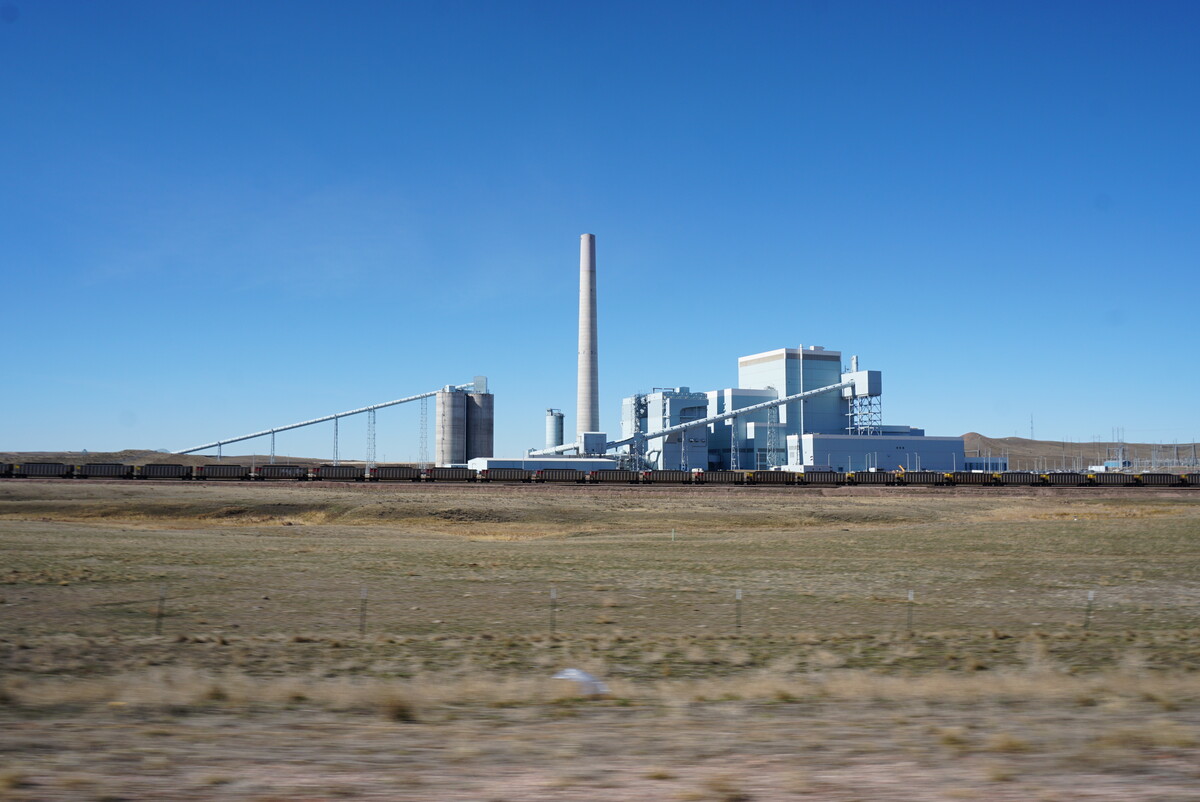
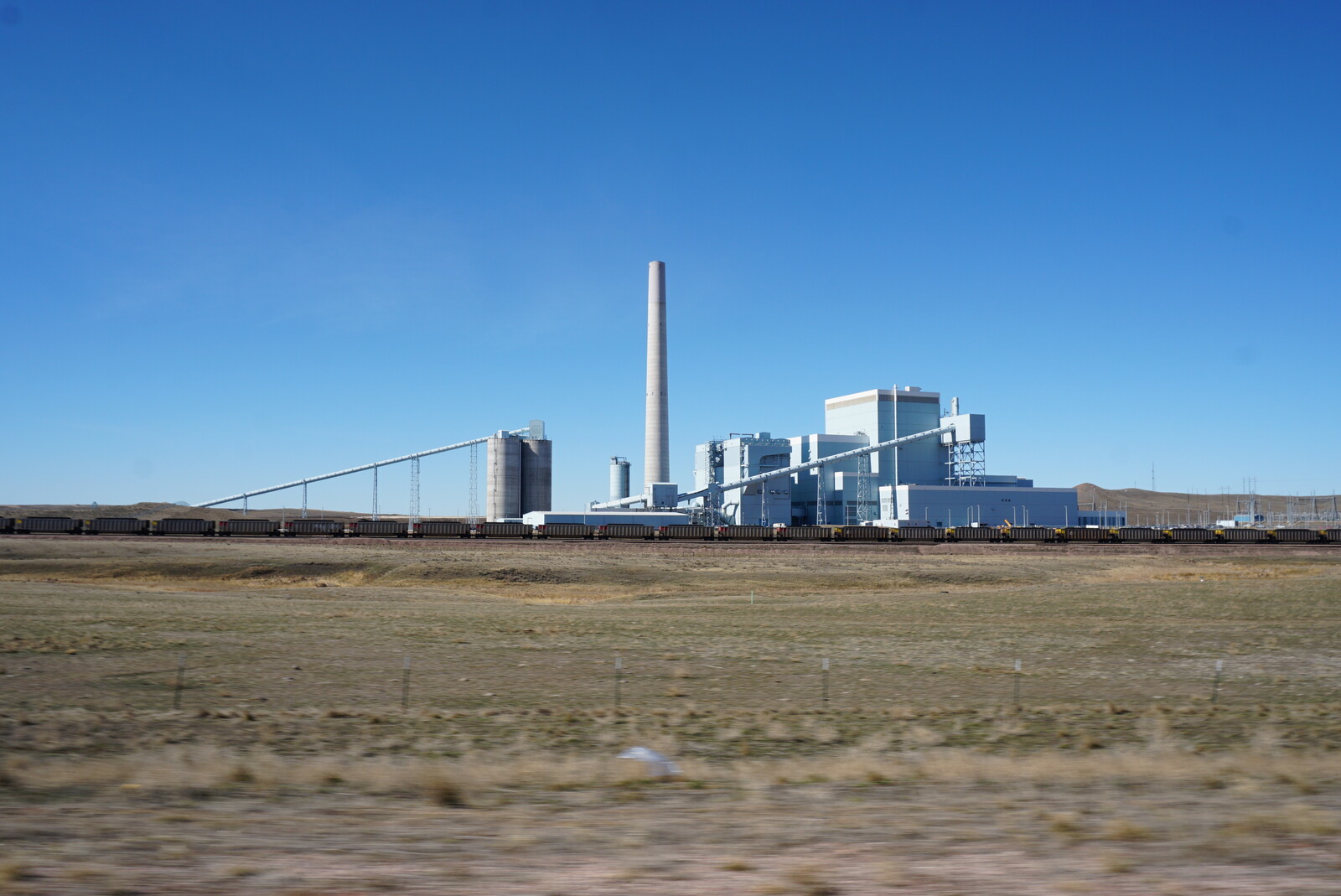









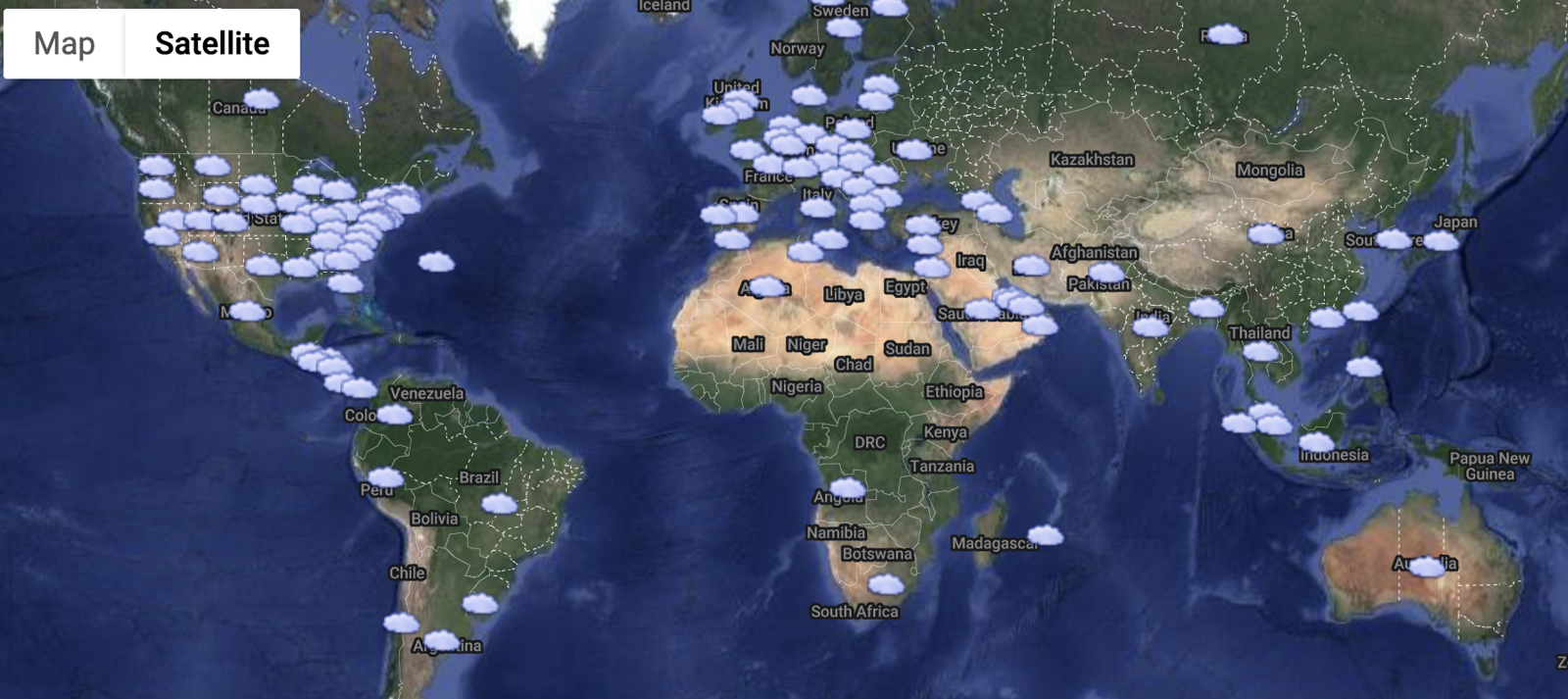

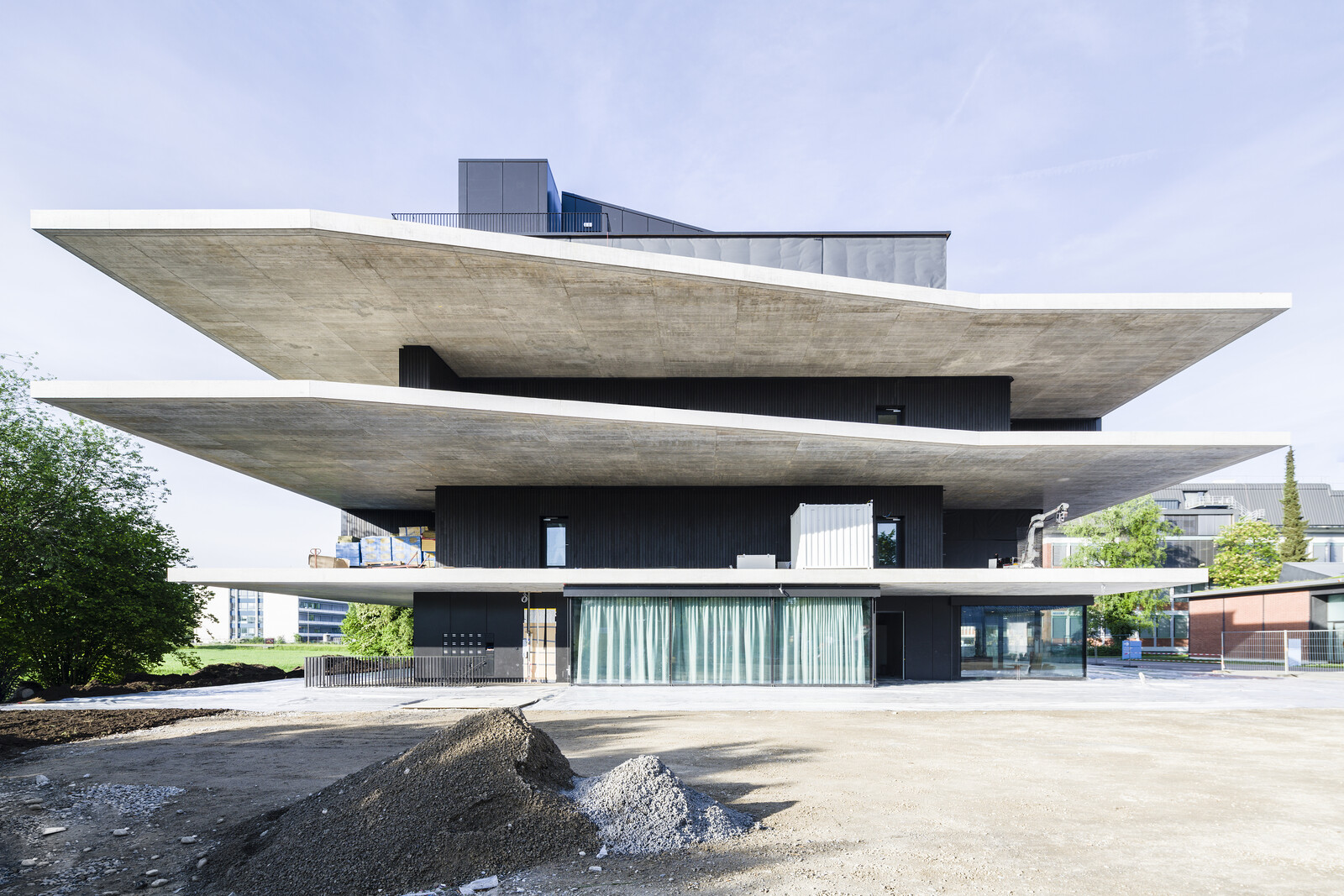
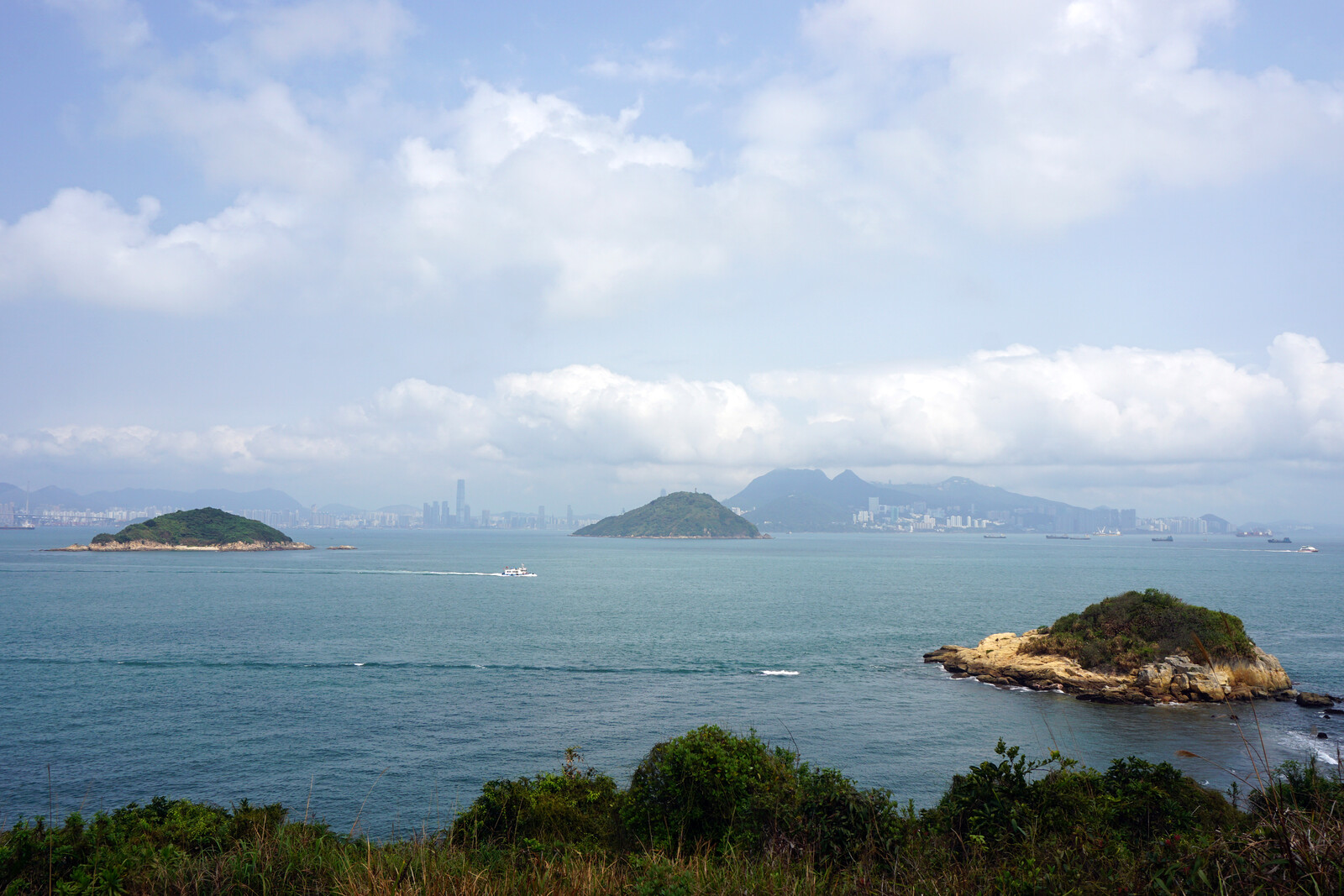
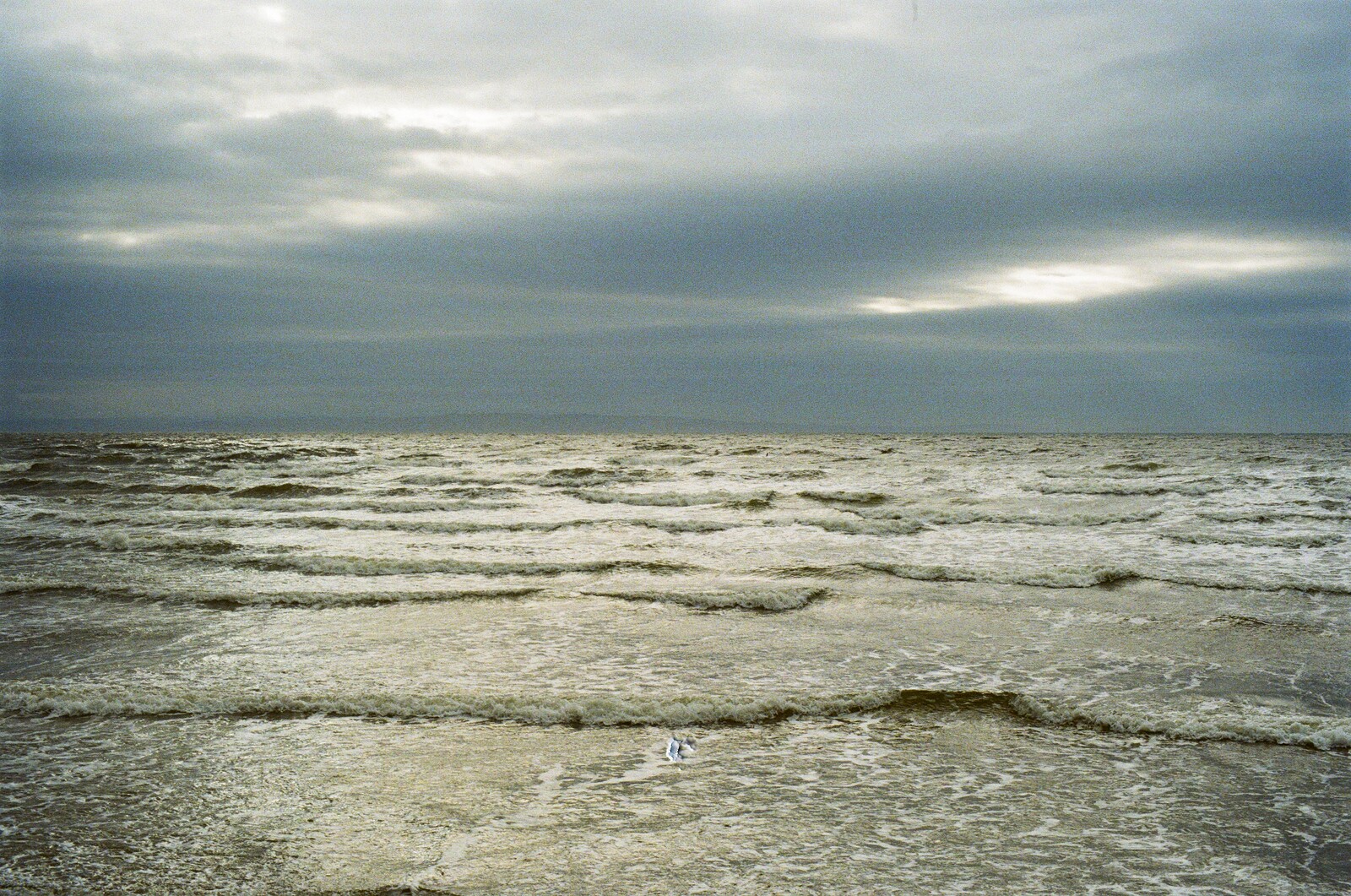
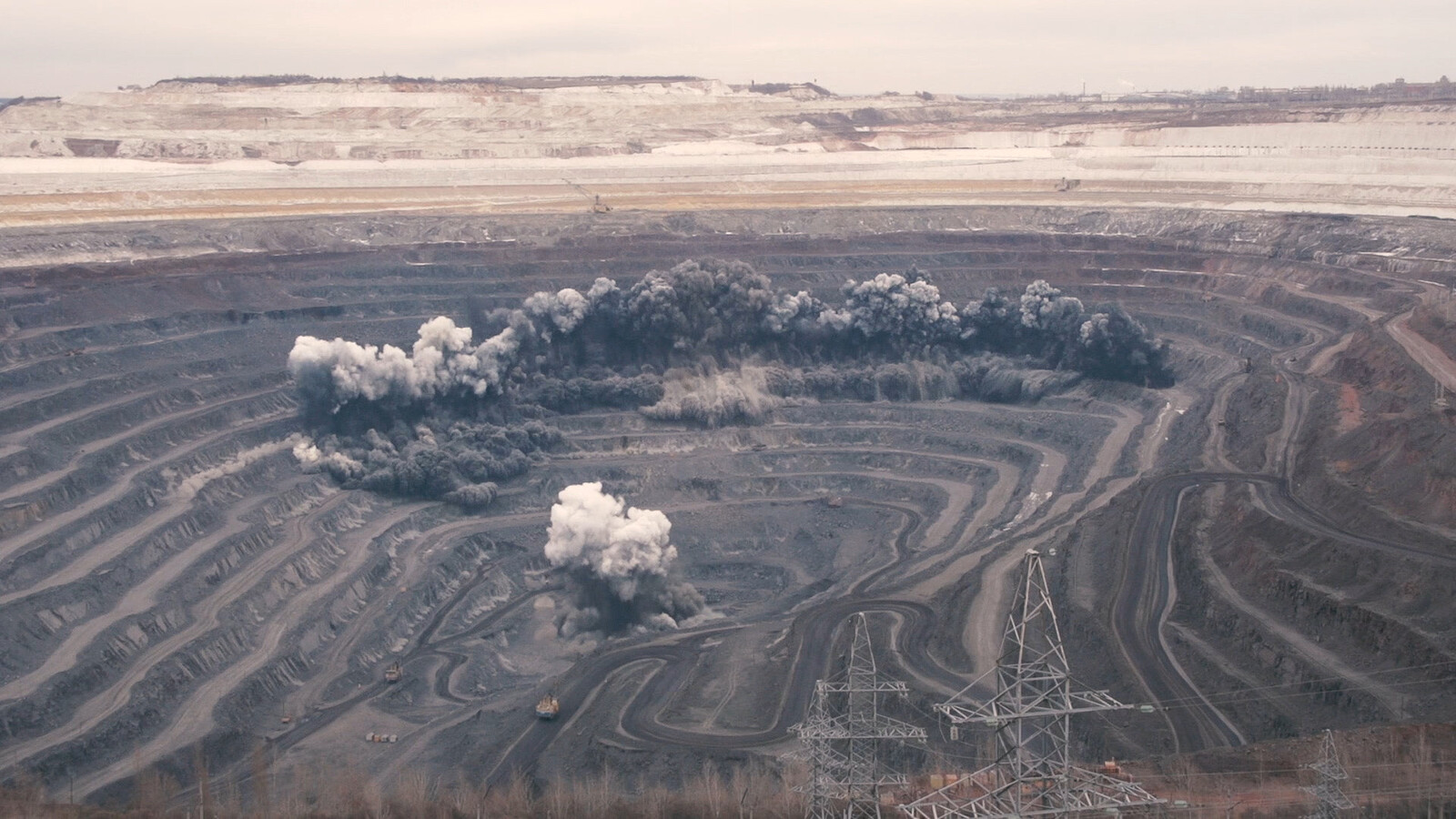

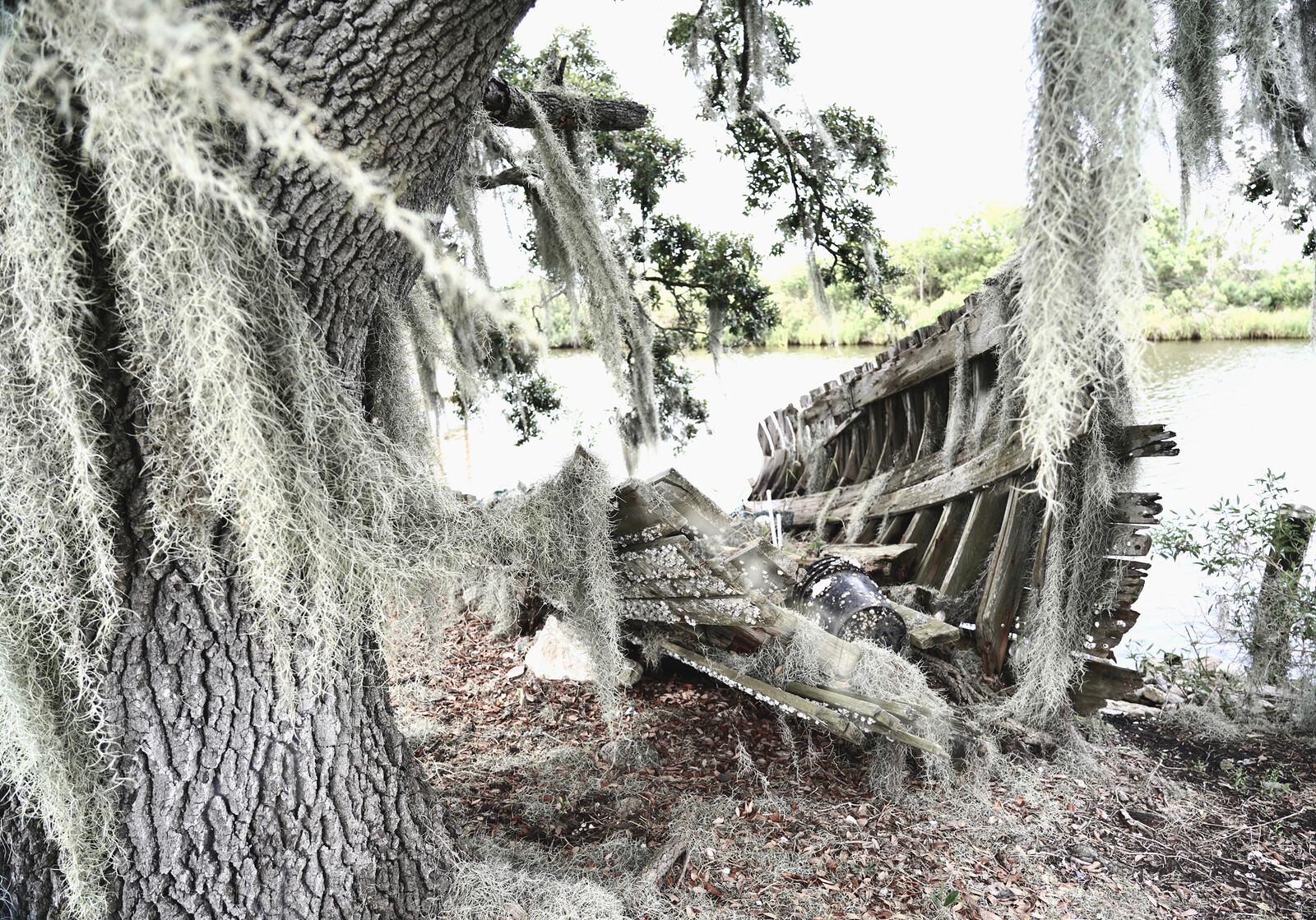
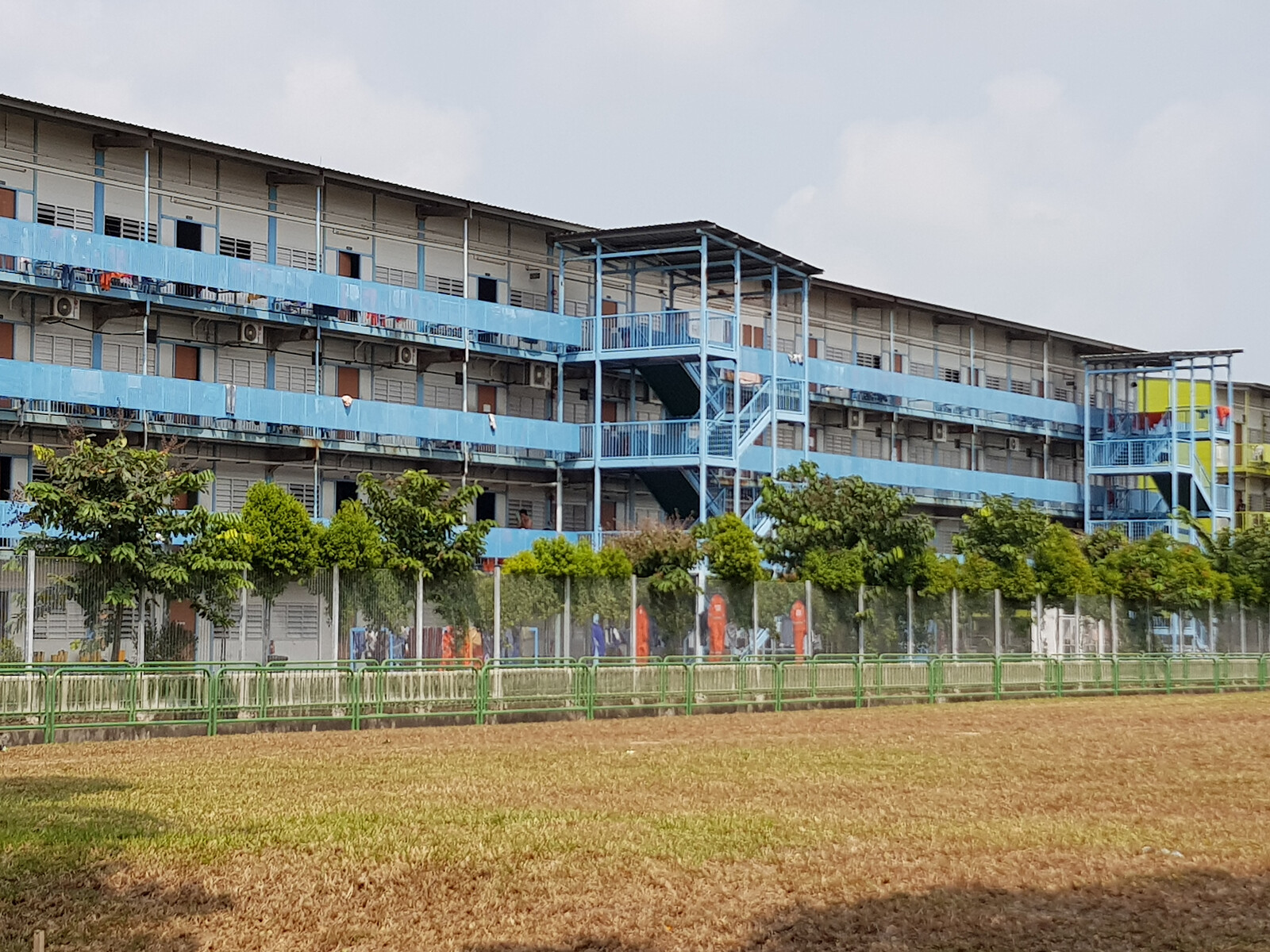

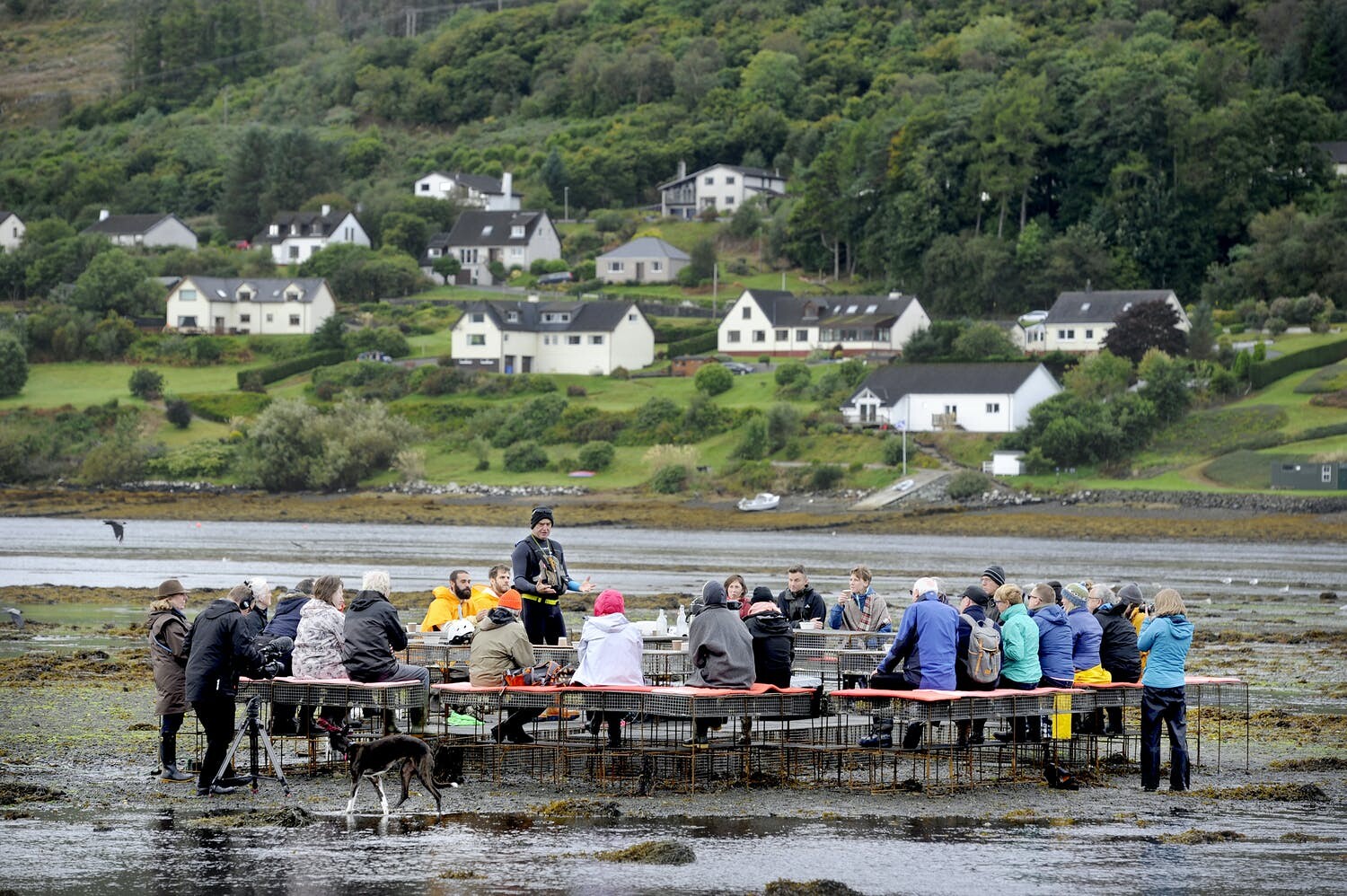

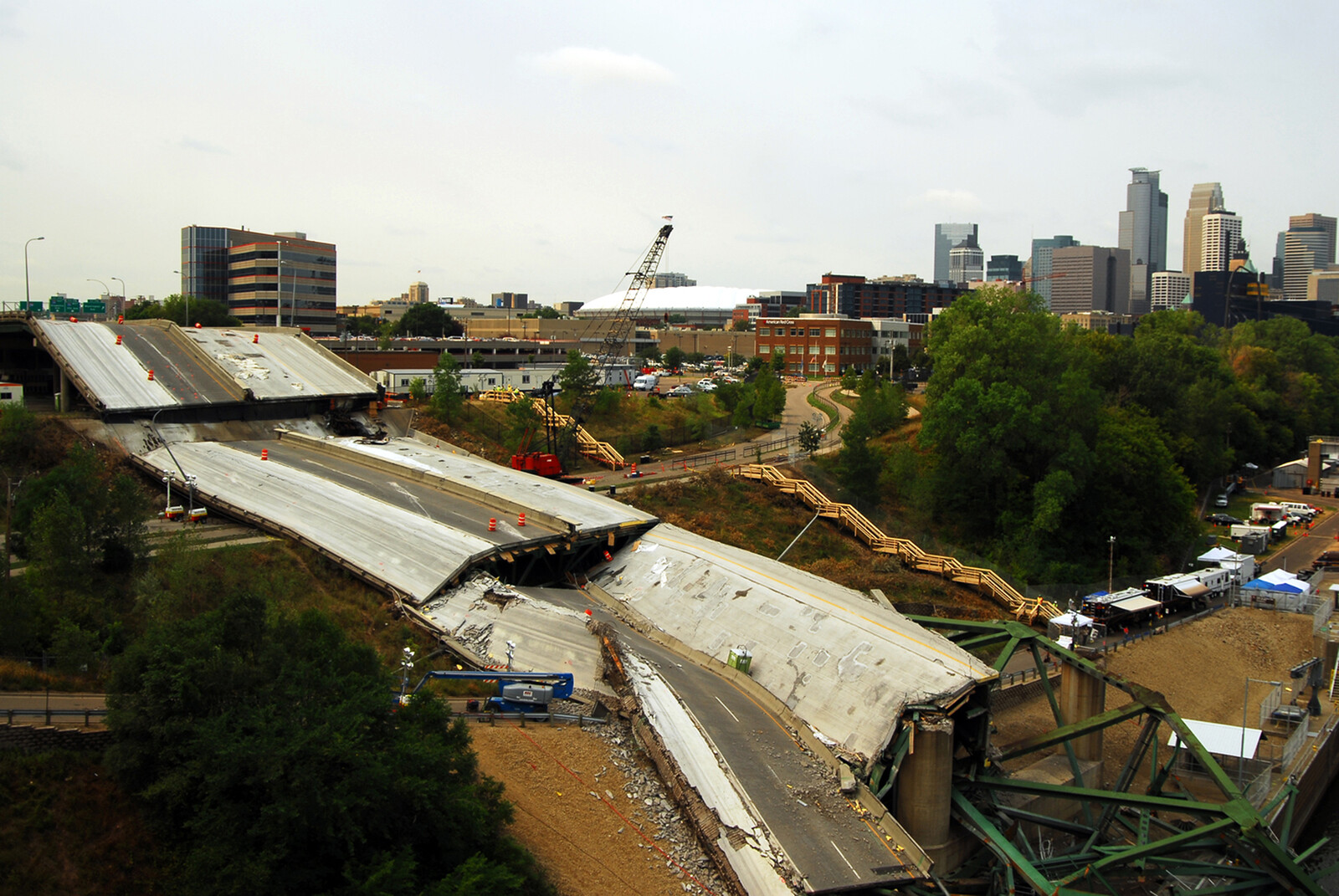



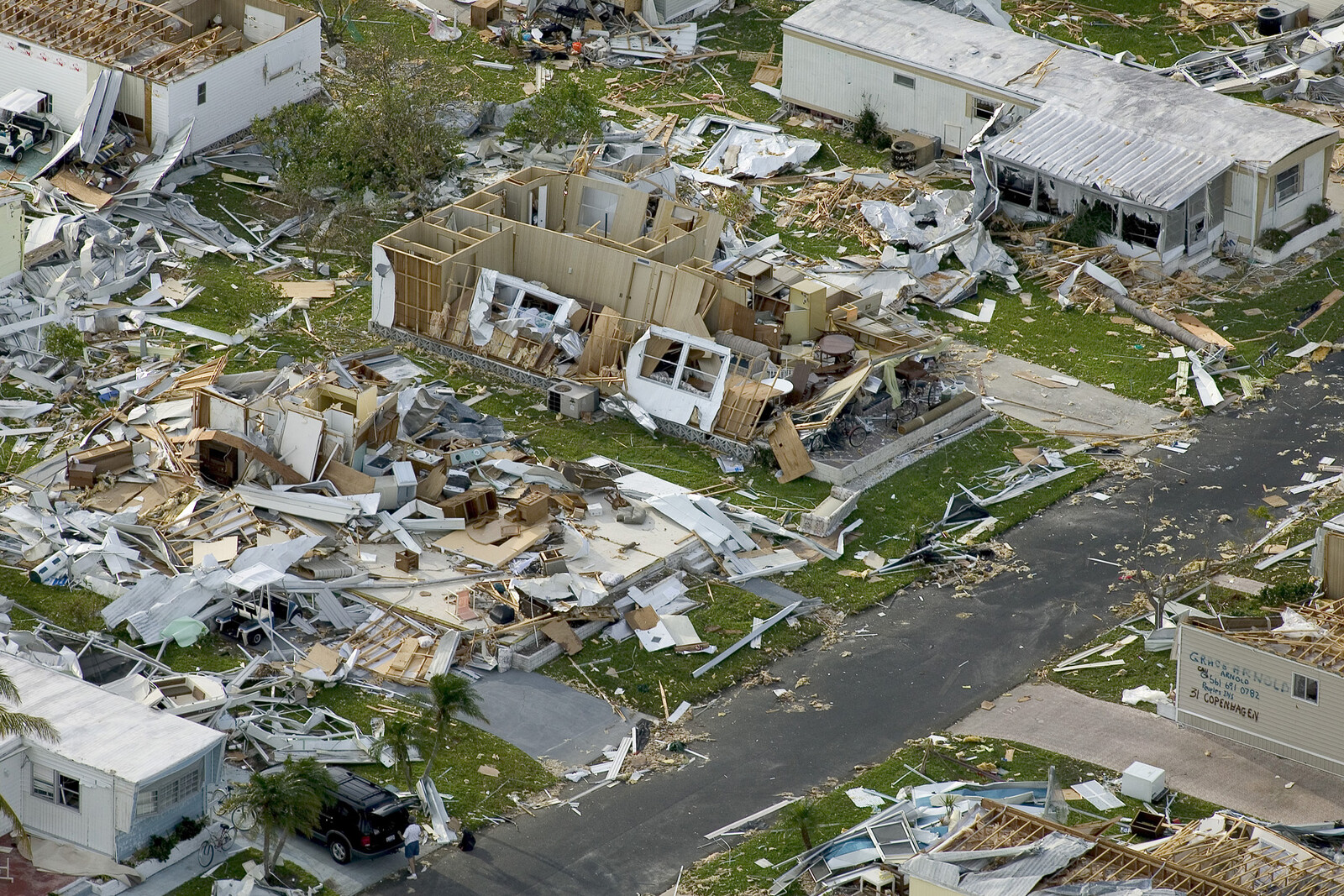


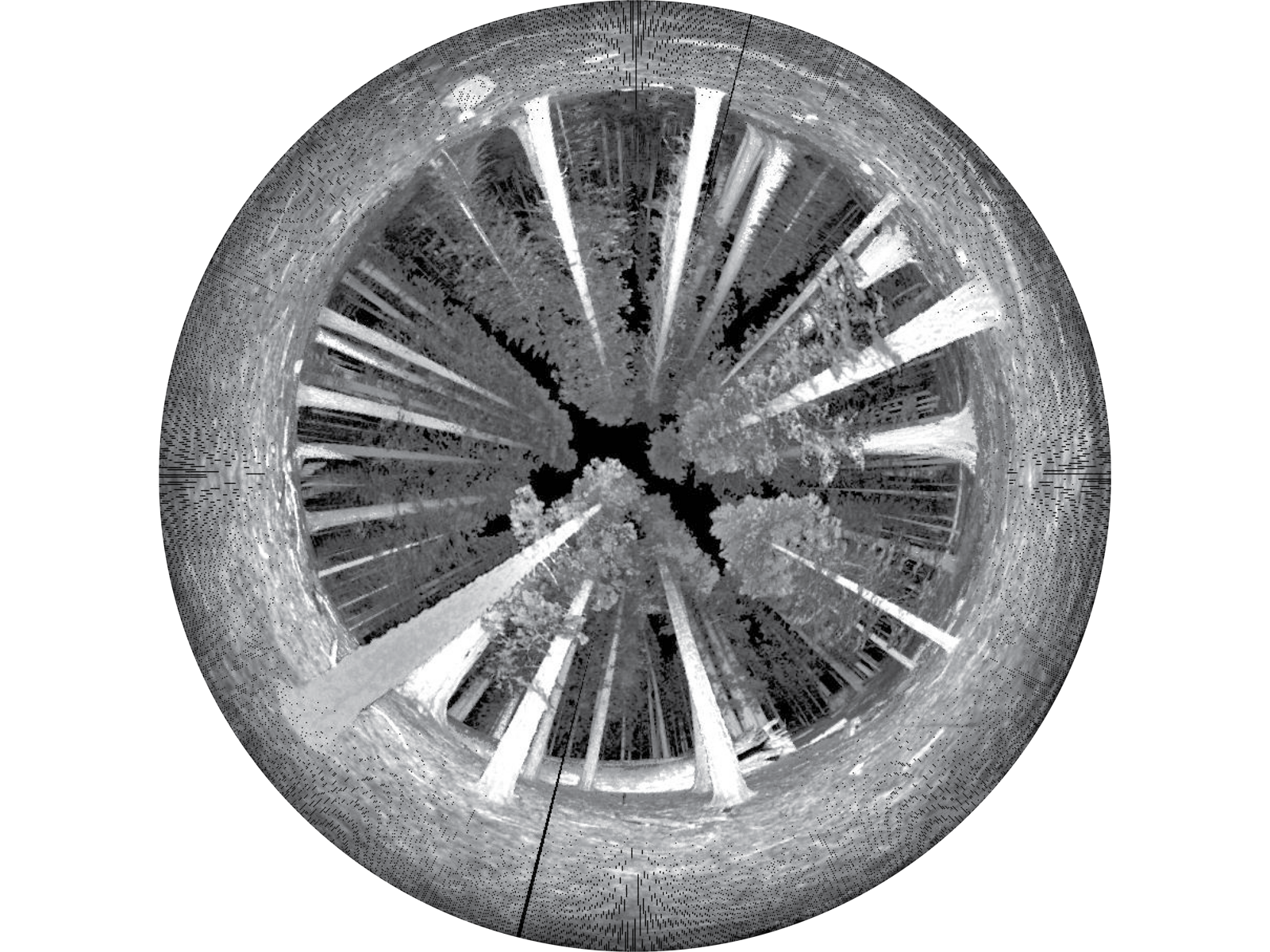

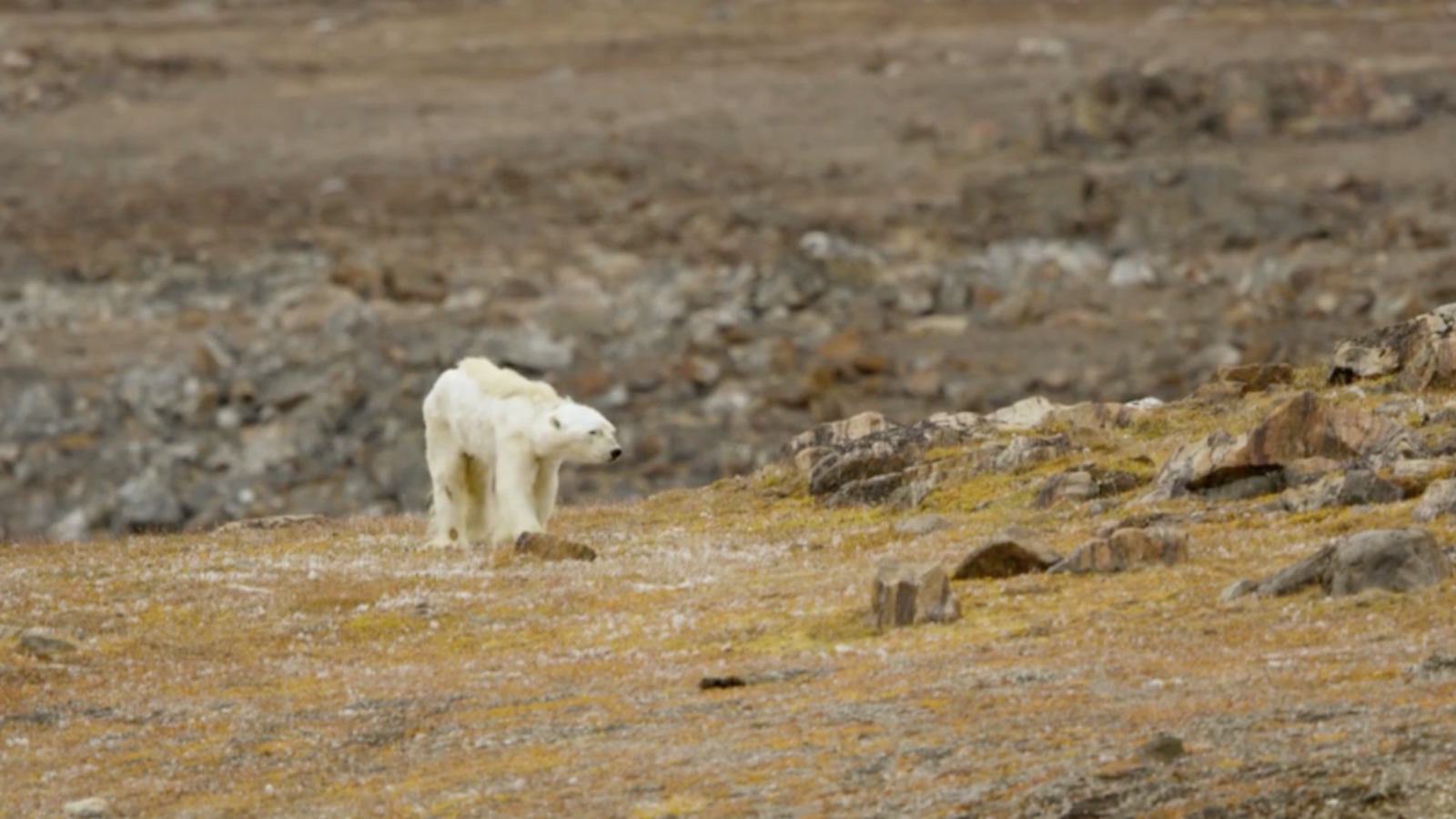
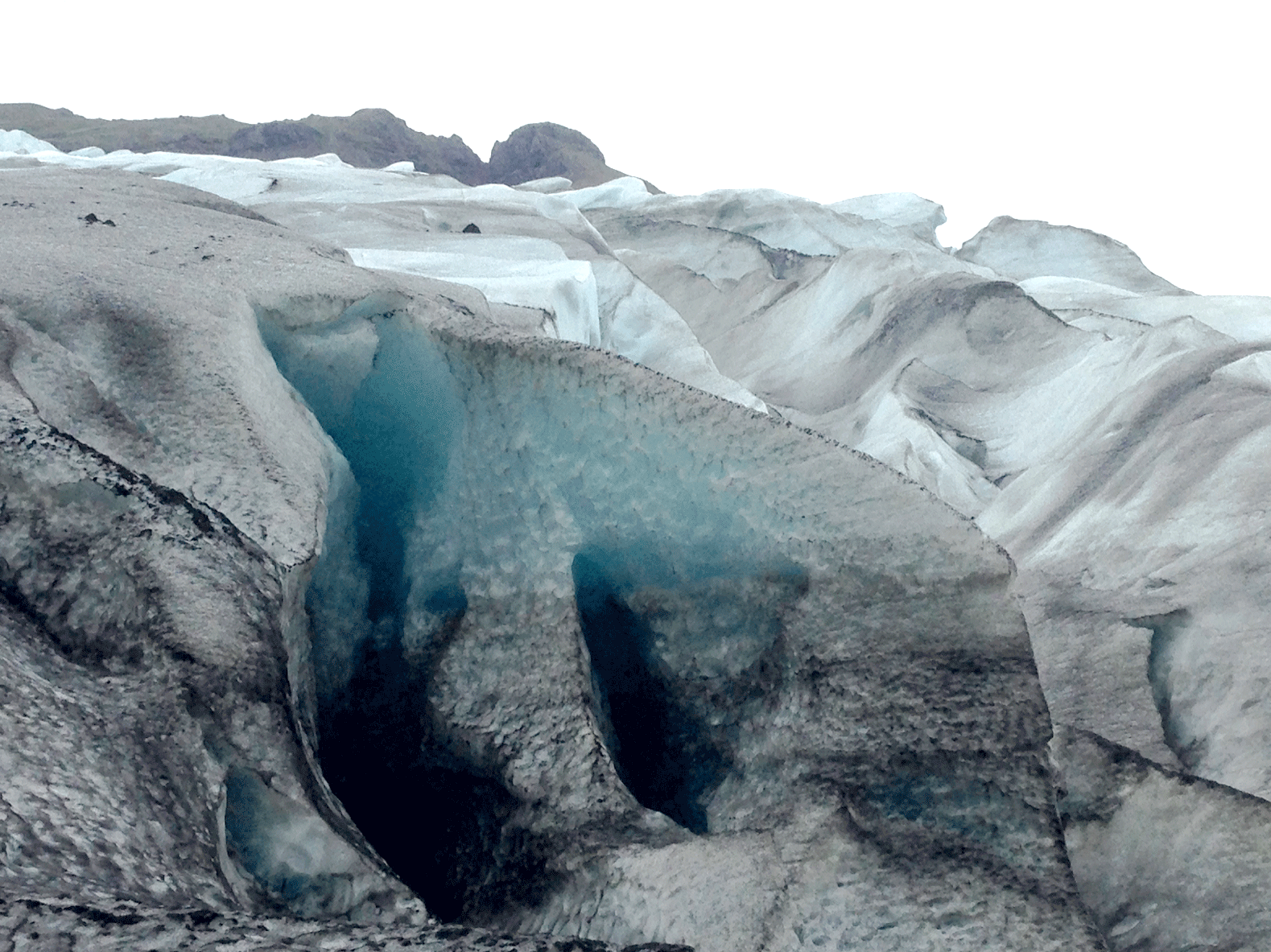

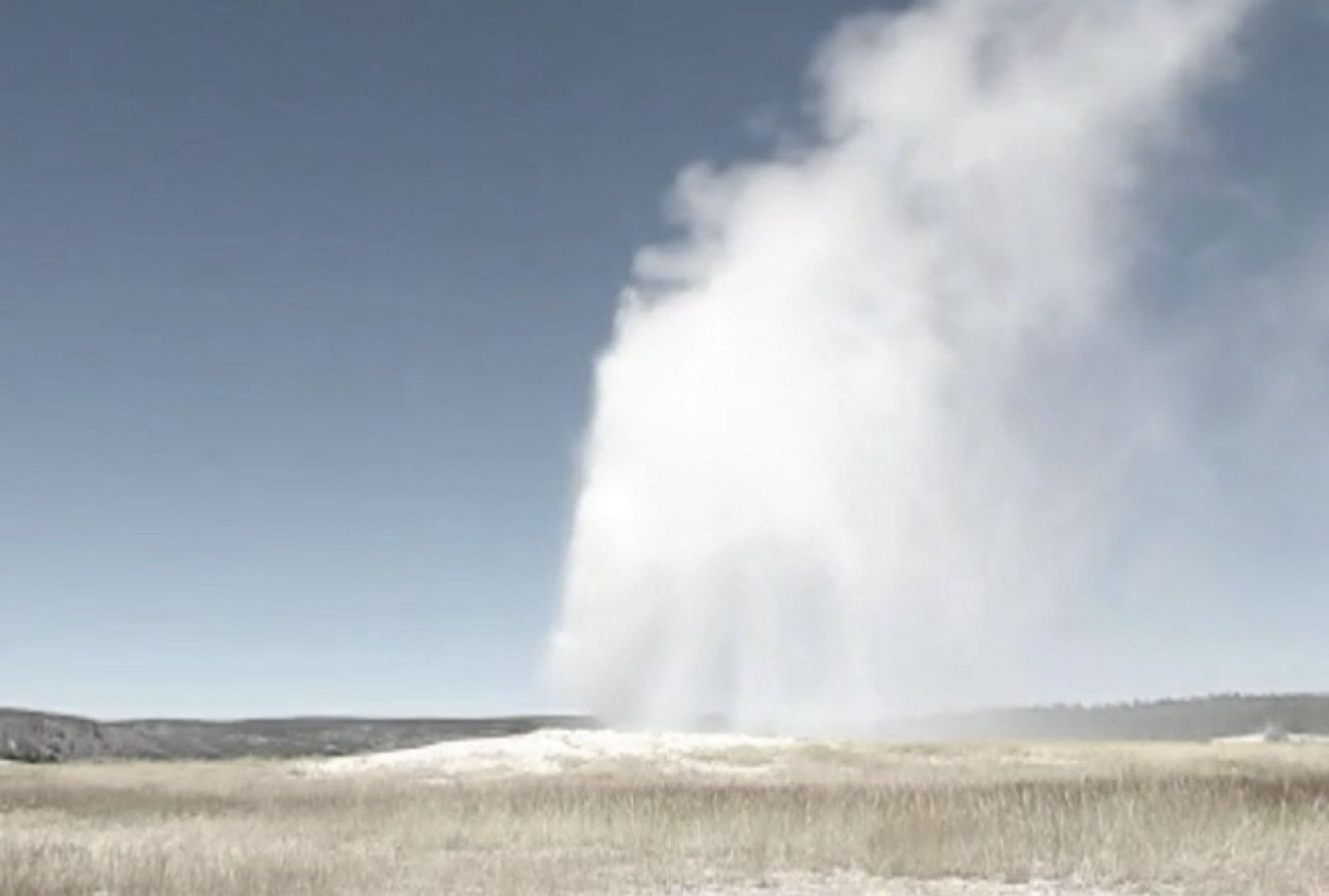

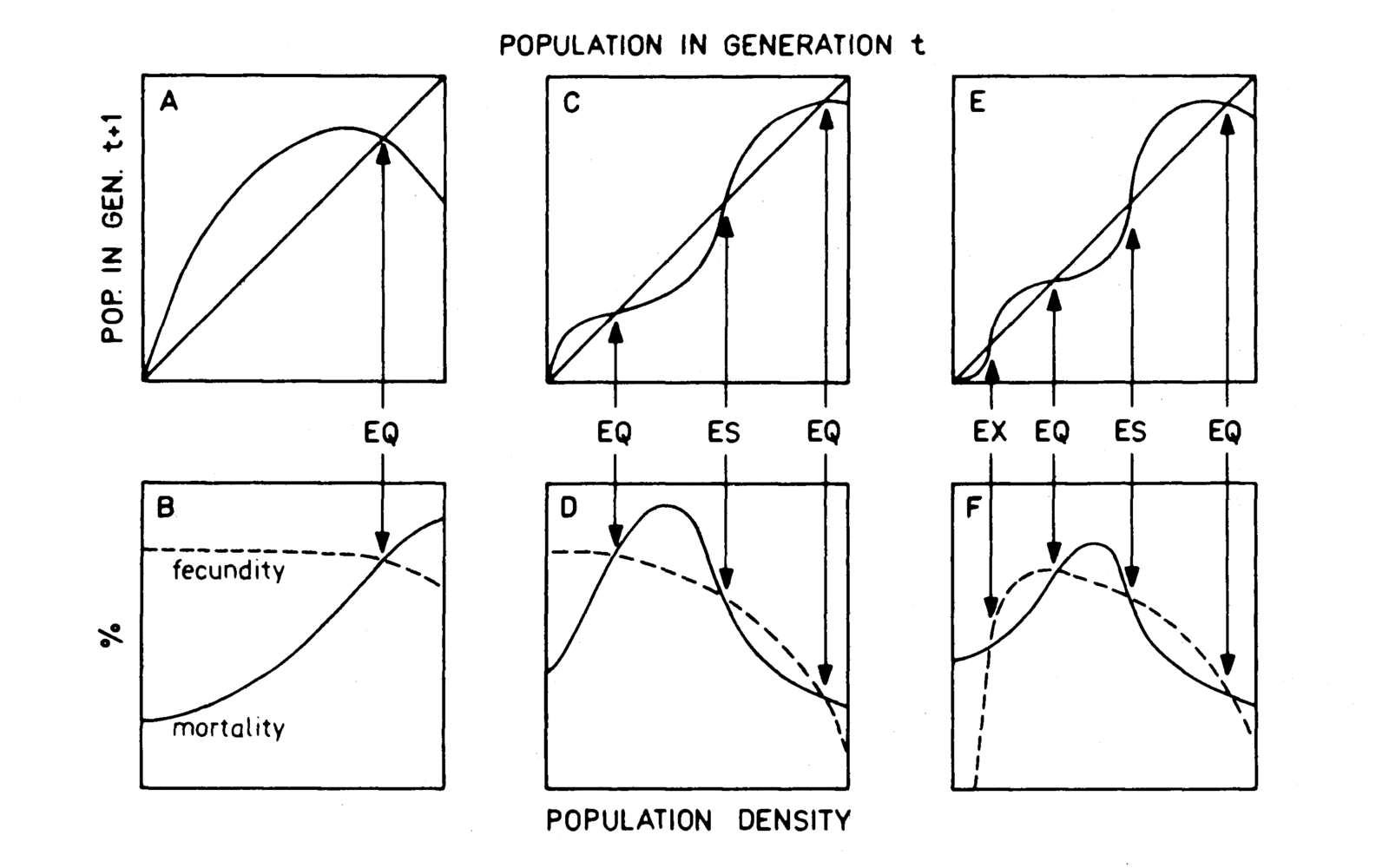
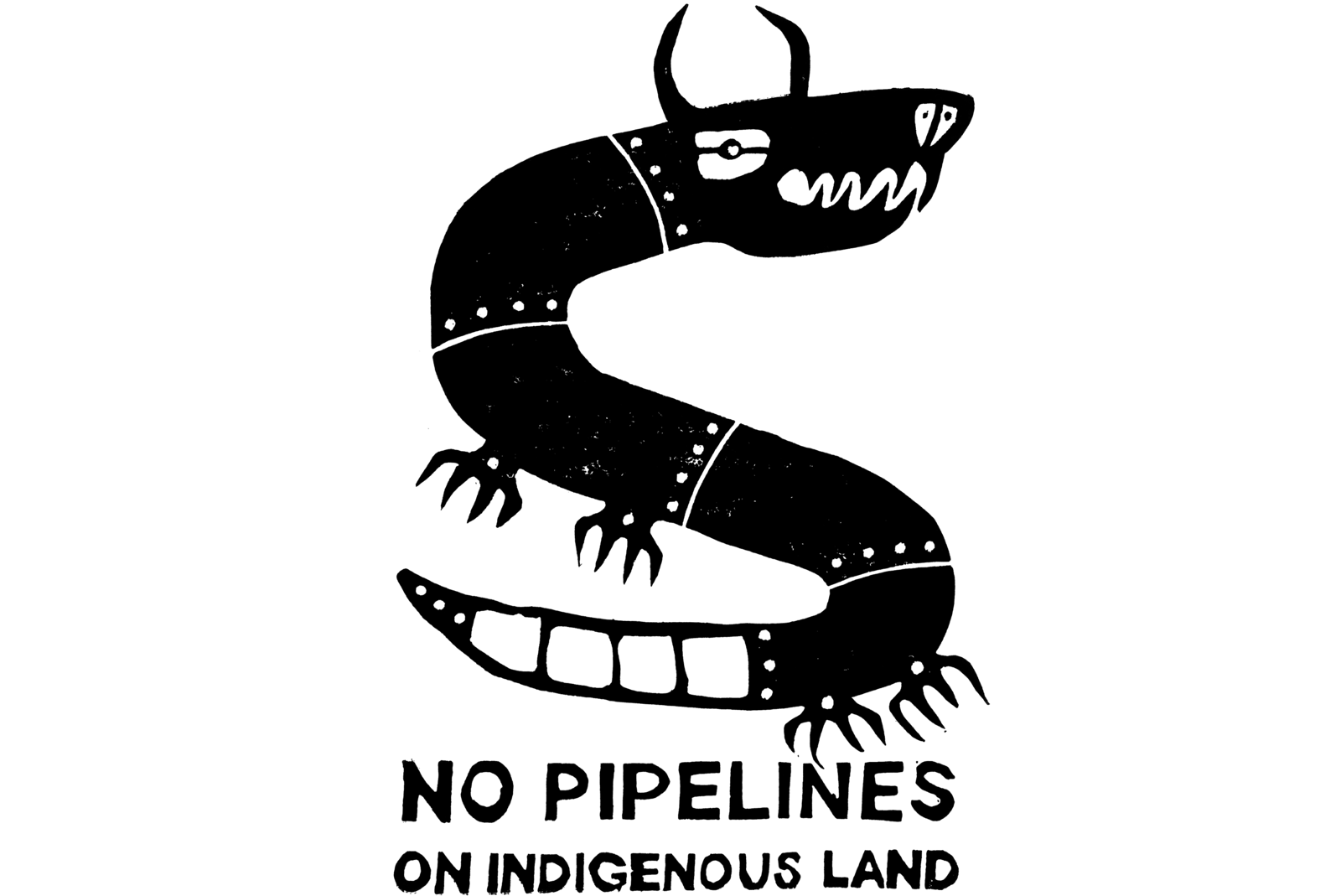
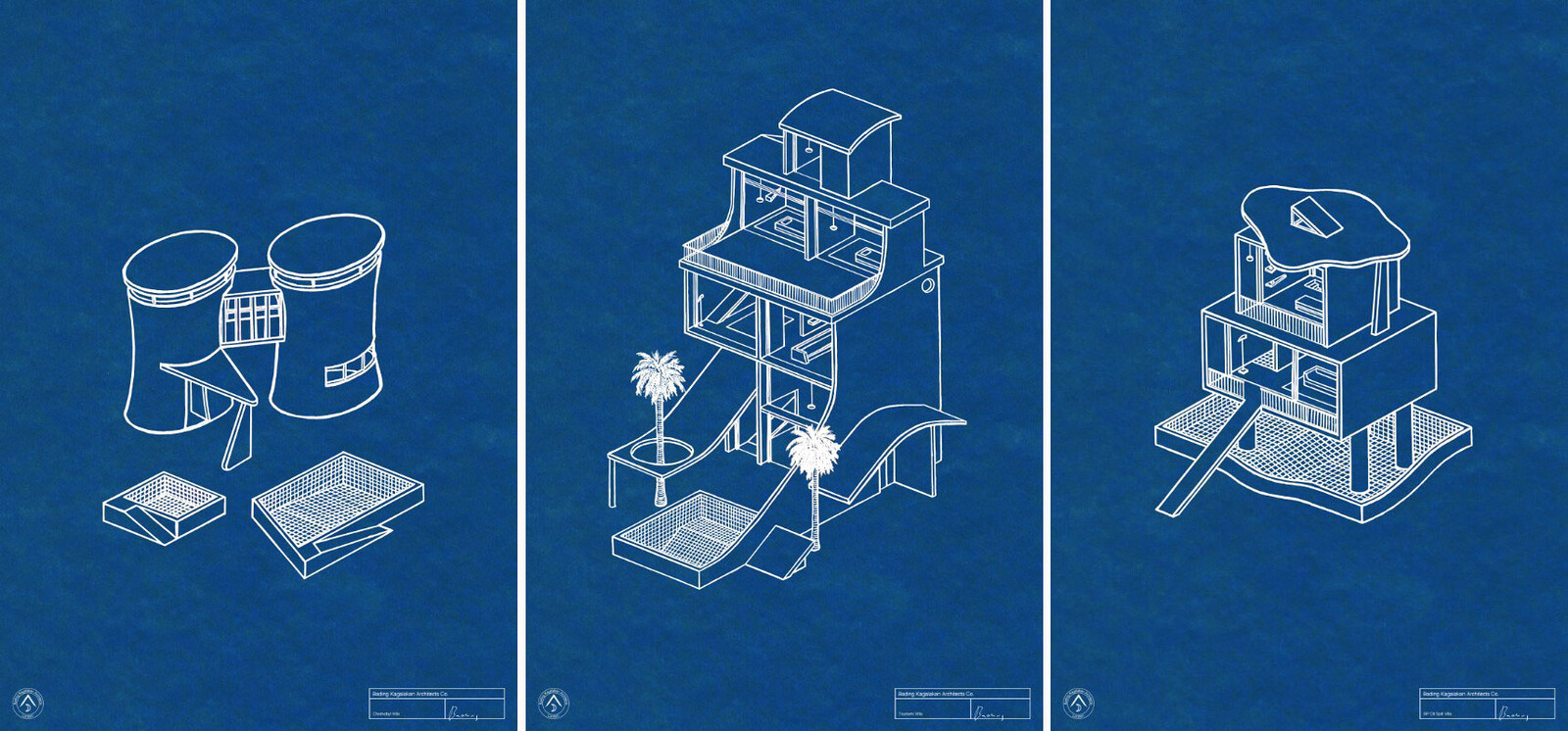
.png,1600)


